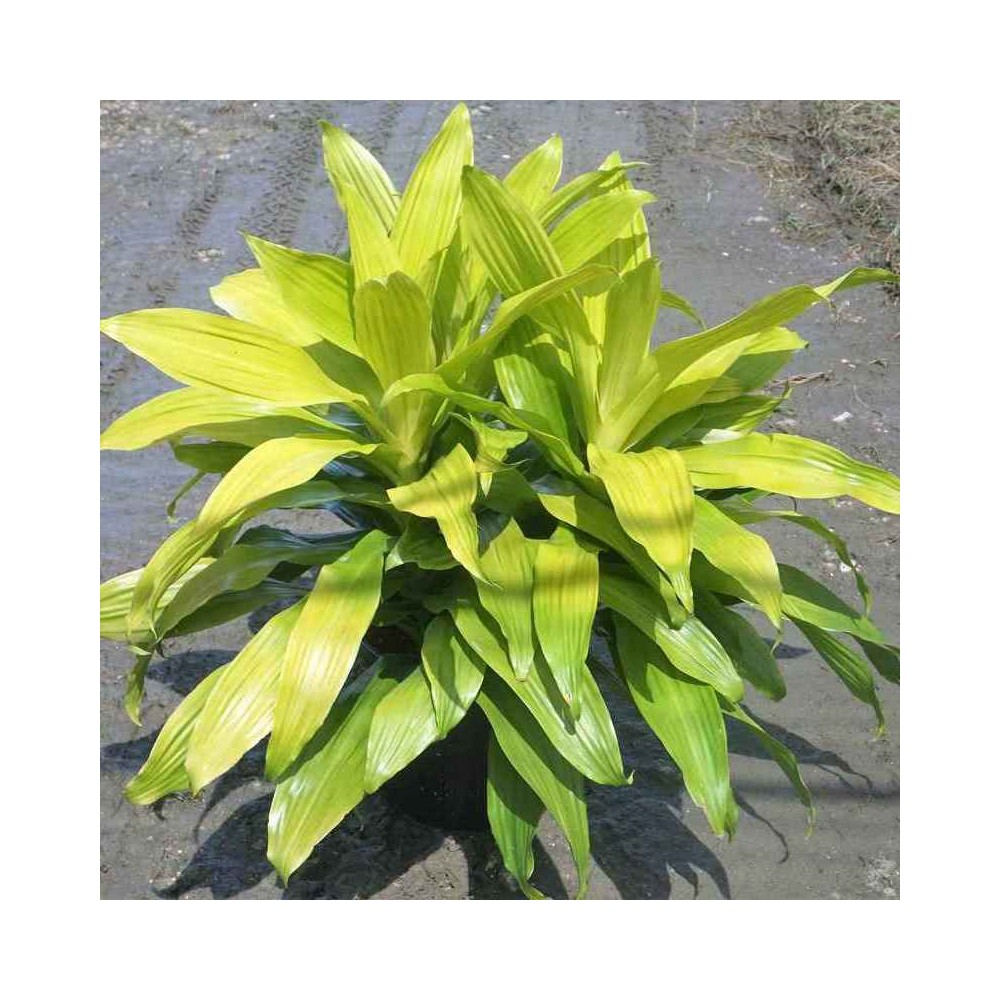



Massangeana Dracaena Plant The Dracaena fragrans "Massangeana," suitable for U.S. Department of Agriculture plant hardiness zones 10 to 12, is a native plant of tropical Africa that grows anywhere from 15 to 50 feet tall in its natural habitat. When grown outside that area, typically as a houseplant, it is low maintenance and easy to care for. Also known as the corn plant, it is typically hardy; however, when it's in distress, you can take several steps to save it.

Security policy visit http://nurserynature.com/content/10-security-policy

Shipping & Delivery Policy visit http://nurserynature.com/content/1-delivery

Cancellation & Refund Policy visit http://nurserynature.com/content/6-aeu-legal-revocation-terms
Massangeana Dracaena Plant The Dracaena fragrans "Massangeana," suitable for U.S. Department of Agriculture plant hardiness zones 10 to 12, is a native plant of tropical Africa that grows anywhere from 15 to 50 feet tall in its natural habitat. When grown outside that area, typically as a houseplant, it is low maintenance and easy to care for. Also known as the corn plant, it is typically hardy; however, when it's in distress, you can take several steps to save it.
Examine the roots of the plant for blackened tips and decay that indicate root rot. If found, trim the roots with scissors so only healthy, white roots are left. Replant the corn plant in loamy soil rich with peat to provide the optimal environment. Ensure that the soil is well drained by placing rocks or pebbles in the bottom of a pot with a drainage hole. Too much moisture in the soil can cause root rot. Check the moisture content of the soil before watering -- while corn plants like moisture, it's best to allow the soil to dry slightly between watering to prevent the soil from becoming too wet.
Remove the Dracaena fragrans "Massangeana" from direct sunlight when the edges of the leaves are brown and withered. Direct sunlight can overwhelm a corn plant and burn the leaves. The corn plant does best in a location with normal room temperature and average humidity. Use scissors to trim brown edges from the plant following the natural shape of the leaves.
Inspect the plant for spider mites by shaking its leaves over a white paper towel. Look for miniscule specs in black, green, red, yellow or brown which may indicate a spider mite problem. If spider mites are found, mist the bottoms of the leaves of the corn plant with water once a week to dislodge spider mites and create an inhospitable environment. Prevent the plant from becoming dry and dusty, as spider mites thrive in that environment.
Inspect the leaves and stems of the corn plant for small brown or tan attachments ranging in size from 1/16 to 1/4 of an inch across that indicate a scale insect infestation. Dissolve 1 tablespoon of mild dishwashing liquid in 1 quart of water and spray the plant with it once a week to eliminate scale infestations. Maintain this schedule for at least one month for optimal results.